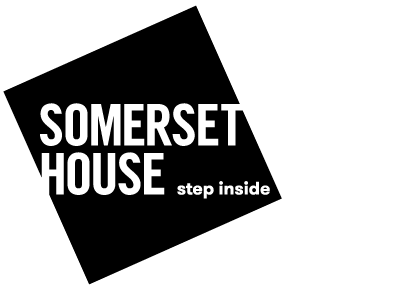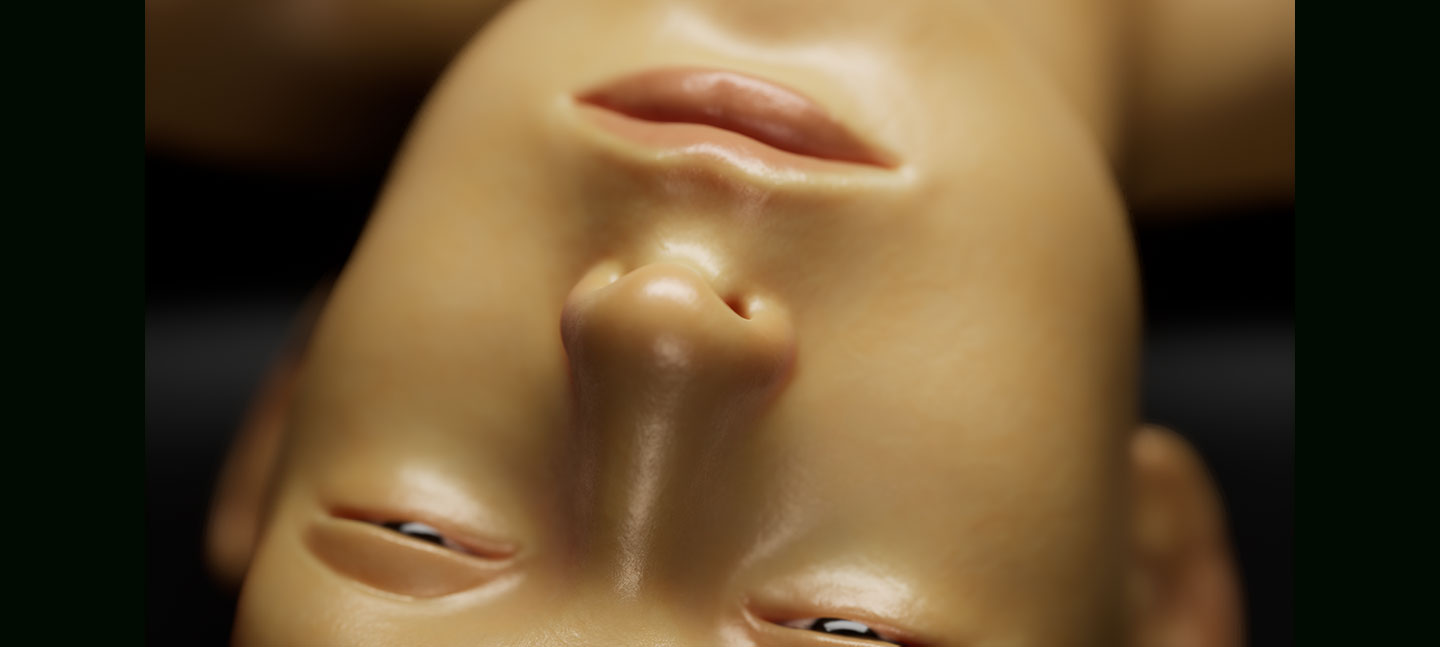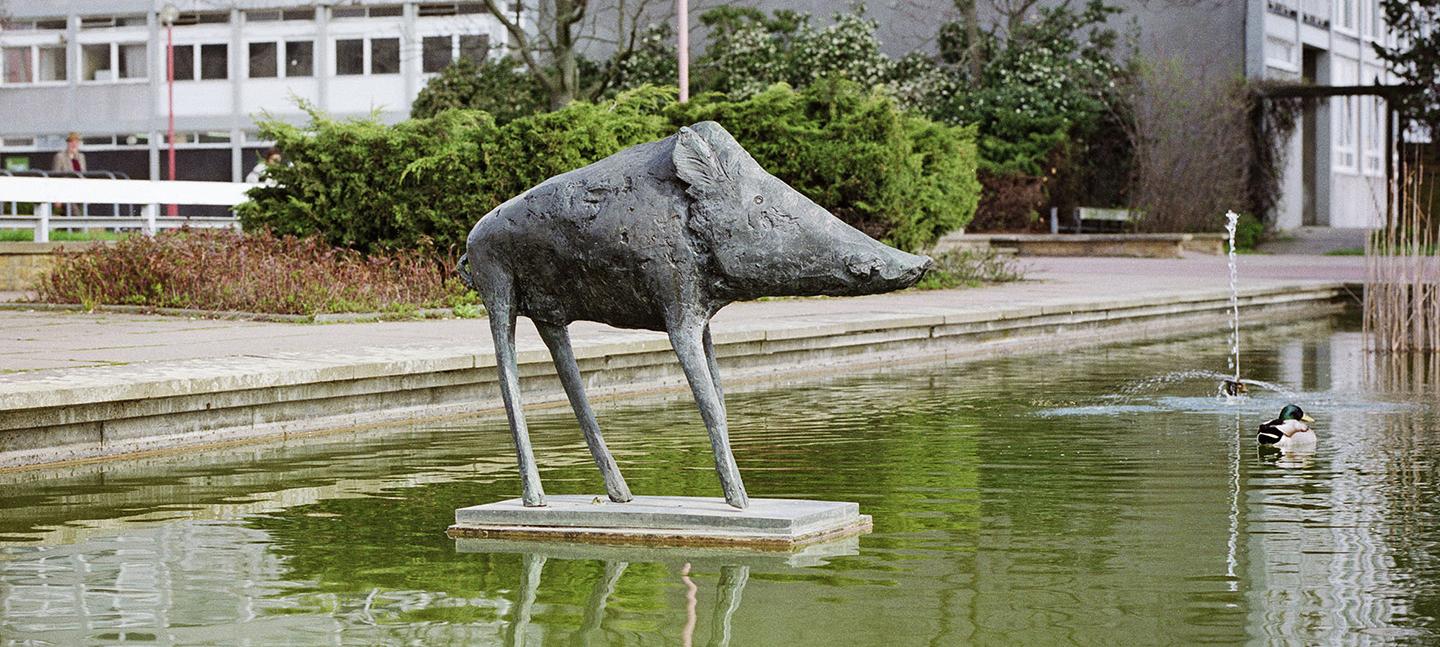Work by Barbara Hepworth, Henry Moore, Ralph Brown, Geoffrey Clarke, William Mitchell, Elisabeth Frink and Paul Mount were all featured. Out There celebrated England's fascinating yet forgotten national collection of public art. Many pieces have been lost, damaged, moved or even destroyed, others saved, celebrated and widely loved.
Out There also hosted work from private collections, on public display for the first time. Visitors to the exhibition were also able to gain a closer look at Trevor Tennant’s 1963 architectural relief designed for the entrance hall of Welwyn Garden City’s Queen Elizabeth II Hospital, which was rescued by a resident doctor. Plus an ambitious fibre glass architectural relief by Paul Mount, which once clad a supermarket in Falmouth, and was saved from a skip by an enthusiast with a large garage.
Out There examined the aspirations, role, design, commissioning and legacy of sculptural art for public spaces and buildings. They were designed by artists to create a utopian sense of shared experience, possibility, and hope for the future. The story of these works were told through original architectural models, maquettes, photographs, drawings and letters. The influence of the Festival of Britain, the London County Council’s art patronage scheme, early Arts Council sculpture exhibitions, art commissioning in Harlow New Town and the patronage of developers are also explored. The exhibition also highlighted the risks to post-war public art and debated its future by looking at its conservation and protection. Images of works that have sadly disappeared were also featured, in the hope that some one ‘out there’ might know their whereabouts.
Historic England has been assessing post-war sculpture across England to build a better picture of the best examples of late 20th century sculptural art works. The exhibition coincided with the announcement of a number of new listings, and therefore protection, of public art.
Channel is Somerset House’s new curated online space for art, ideas and the artistic process.






